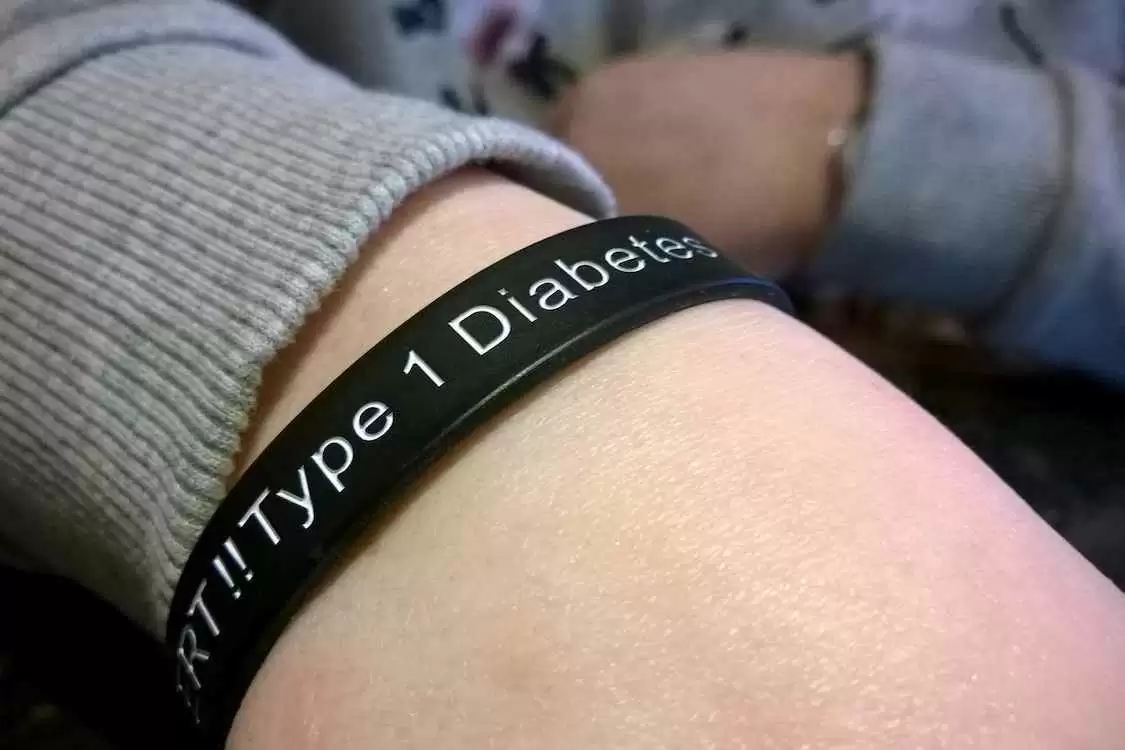
Celiac.com 10/22/2018 - A team of researchers recently set out to determine if there is any association between prenatal gluten exposure and offspring risk of type 1 diabetes in humans.
The research team first designed a national prospective cohort study using the national health information registries in Denmark. They looked at data on pregnant Danish women enrolled into the Danish National Birth Cohort, between January 1996 and October 2002, and assessed maternal gluten intake, based on maternal consumption of gluten containing foods, as reported in a 360 item food frequency questionnaire at week 25 of pregnancy.
Celiac.com Sponsor (A12):
The team gathered information on type 1 diabetes occurrence in the participants’ children, from 1 January 1996 to 31 May 2016 by linking to the Danish Registry of Childhood and Adolescent Diabetes.
Overall, their study included data on 101,042 pregnancies in 91,745 women, of whom 70,188 filled out the food frequency questionnaire. Once they corrected the figures to account for multiple pregnancies, pregnancies ending in abortions, stillbirths, lack of information regarding the pregnancy, and pregnancies with implausibly high or low energy intake, they included 67,565 pregnancies and 63,529 women.
Gluten intake averaged 13.0 grams per day, ranging from under 7 grams per day to more than 20 grams per day. There were 247 children with type 1 diabetes among the group, for an incidence rate of 0.37%, with an average follow-up of 15.6 years.
Risk of type 1 diabetes in offspring increased proportionally with maternal gluten intake during pregnancy per 10 grams per day increase of gluten. Compared to women with the lowest gluten intake of under 7 grams per day, those with the highest gluten intake who consumed 20 or more grams a day had double the risk for type 1 diabetes development in their children.
These numbers indicate that high gluten intake by mothers during pregnancy may increase the risk of their children developing type 1 diabetes. However, the team is calling for further study to confirm the findings, preferably in an intervention setting.
Read more in BMJ 2018;362:k3547. doi: https://doi.org/10.1136/bmj.k3547
The research team included Julie C Antvorskov, assistant professor, Thorhallur I Halldorsson, professor in food science and nutrition, Knud Josefsen, senior researcher, Jannet Svensson, associate professor5, Charlotta Granström, statistician, Bart O Roep, professor, Trine H Olesen, research assistant, Laufey Hrolfsdottir, director, Karsten Buschard, professor, and Sjudur F Olsen, adjunct professor of nutrition.
They are variously affiliated with the Bartholin Institute, Rigshospitalet in Copenhagen, Denmark; the Centre for Foetal Programming, Department of Epidemiology Research, Statens Serum Institute, Copenhagen, Denmark; the Unit for Nutrition Research, Landspitali University Hospital, Reykjavik, Iceland; the Faculty of Food Science and Nutrition, University of Iceland, Reykjavik, Iceland; the Copenhagen Diabetes Research Center (CPH-DIRECT), Department of Children and Adolescents, Copenhagen University Hospital Herlev, Herlev, Denmark; the Department of Diabetes Immunology, Diabetes and Metabolism Research Institute at the Beckman Diabetes Research Institute, City of Hope, Duarte, CA, USA; the Departments of Immunohematology and Blood Transfusion, Leiden University Medical Centre, Leiden, Netherlands; the Department of Education, Science, and Quality, Akureyri Hospital, Akureyri, Iceland; and the Department of Nutrition, Harvard T.H. Chan School of Public Health, Boston, MA, USA.









Recommended Comments
There are no comments to display.
Create an account or sign in to comment
You need to be a member in order to leave a comment
Create an account
Sign up for a new account in our community. It's easy!
Register a new accountSign in
Already have an account? Sign in here.
Sign In Now